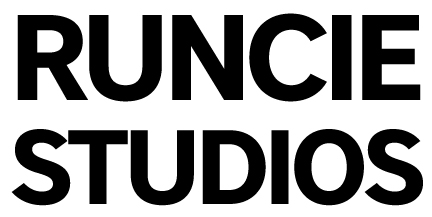Consider the following tips as you write:
Use short paragraphs. People reading your artist bio or statement in a program for an exhibit or live performance are there to see your work. Focus on communicating efficiently and succinctly so they can enjoy the art.
Avoid confusion. Because of how varied our experiences are, it is easy to oversimplify or blend topics and leave your readers questioning what you meant.
Avoid very general statements. If you plan to tell your reader that they are allowed to feel how they want when they view your art, you are describing how everyone thinks. Focus on what separates your work or what you specifically feel from your work. General statements do not help to connect with the reader, and they are more likely to forget what they read if they feel it applies to everyone equally.
Avoid obvious statements. If you are describing your painting process, let your reader assume you are using brushes and other standard art making materials. Only highlight differentiating attributes of your work and practice.
When to use a first-person voice or a third person voice. In most cases, using the first-person point of view can help to create an intimate connection with the reader. A curator (during the tour, you may be your own curator) may prefer that you describe yourself in the third person, especially for handouts or wall text.
Select a simple font. When drafting, choose a neutral font like Arial or Times New Roman, and use 11- or 12-point font size.
Have someone else proofread your work. Ask someone else—a friend, a family member, or an agent if you have one—to proofread your work and check for typos before you submit.
Check the tone and demeanor of your work. Sometimes when we are trying to shorten our writing, we can become too direct, robotic, or harsh in our tone.
Always be mindful of context. The length and breadth of your artist bio should match the context in which it appears. If your work is in an art gallery, you may choose to employ some of the artspeak and jargon common in the professional art business. If you are in a pop-up art show, employ layman’s terms that can generally relay your ideas without losing what makes your work distinctive.
